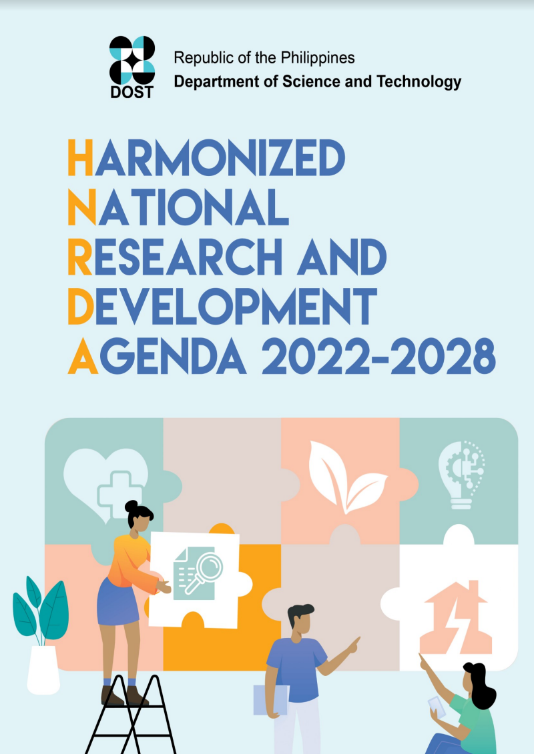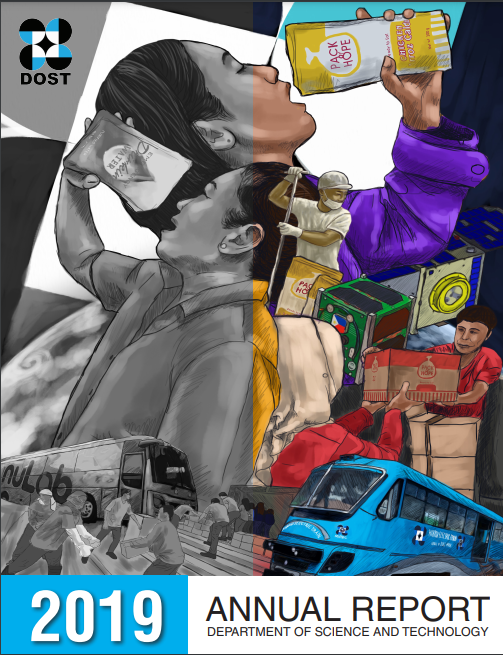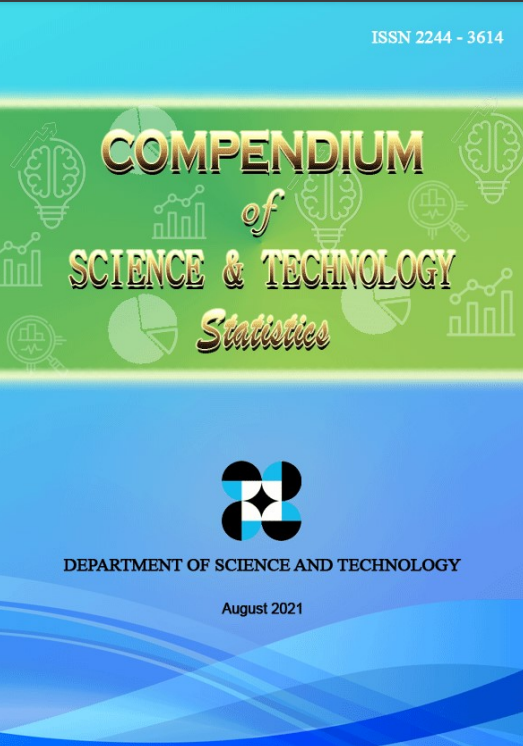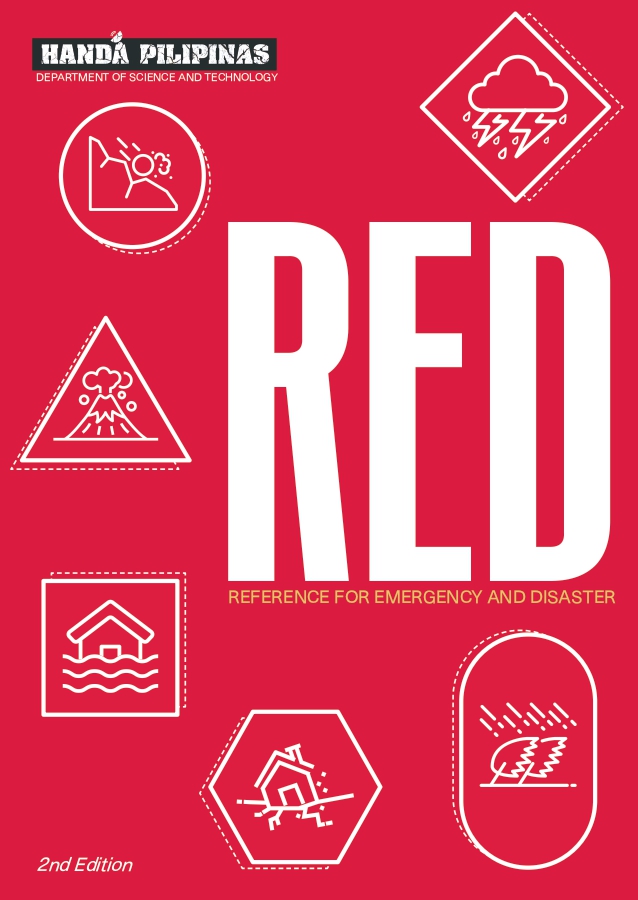Philippines hosts International Forum on Thermal Spraying
- Details
- Hits: 4692
The Philippines, through the Department of Science and Technology’s Philippine Council for Industry, Energy and Emerging Technology Research and Development (PCIEERD), will host the 3rd Project Review Meeting in Tagaytay and Manila on October 18-20, 2010. The collaborative project under review which focuses on thermal spray coating is initiated by the Association of Southeast Asian Nations through its Sub-committee on Materials Science Technology in partnership with the government of India (ASEAN- INDIA) in advancing surface science and engineering.
Thermal spraying is a coating process in which melted (or heated) materials are sprayed onto a surface. The thermally-sprayed ceramic-based coating is a cost-effective technology that repairs damaged surfaces and improves performance and life span of equipment. Among its perceived benefits are versatility (almost any metal, ceramic or plastic can be sprayed); processing speed (spray rates range from 3 to 60 lb/h depending on the material and spray system); and thickness range (coating thickness range from .001 to 100in).
Participating countries in the project include India, Indonesia, Malaysia Singapore, Vietnam, and the Philippines. Representatives from other ASEAN member-states will also participate in the review that will serve as a venue to share technology updates among participating countries through workshops and forums.
Funded by the ASEAN-INDIA Cooperation Fund under India’s Ministry of External Affairs, the three-day meeting includes an international forum on thermally sprayed coating on Oct. 18 at Hotel Dominique, Tagaytay. The forum aims to present the latest developments on surface engineering and acquaint participants on various processes associated with the technology. Project review is slated on Oct. 19 and a tour of the plasma laboratory of Dr. Henry Ramos at the National Institute of Physics, University of the Philippines-Diliman is scheduled on Oct. 20.
Read more: Philippines hosts International Forum on Thermal Spraying
Phivolcs-DOST digital tech wires island volcanoes in real time
- Details
- Hits: 7354
MAMBAJAO, Camiguin Island – There are more volcanoes than there are towns here.
More than 10 volcanoes, two of them active, share the 291-square-kilometer island province with the towns of Sagay, Catarman, Guinsiliban, Mahinog, and Mambajao, the capital.
It's the largest concentration of volcanoes per square kilometer in the country, and the number has since increased after volcanologists in the 1980s added three more to make it 10 – and counting. They believe there could be more.
The most violent and deadly in Camiguin is Hibok-Hibok on the northwest, with several vents in the crater and on the flanks. What sets it apart was the white-hot and poisonous sulphuric gases that accompanied its 1951 eruption – extremely fluid but dense enough to cascade rapidly down the slope and “mummify” people on its path.
That was what happened during its most recent outburst, in December that year, when glowing ash clouds – packing temperatures of 800 to 1,000 degrees Celcius seen 160 kilometers away – swiftly rolled down to Mambajao town and charred trees and burned houses along its path; 500 people were solidified and covered in white ash looking like mummies.
“Lava flood buries 15 barrios”, “Hunger, disease peril evacuees”, The Evening News bannered. “New blast blocks rescue effort”, it headlined.
The eruption “caught people unprepared for its fury and devastating impact,” volcanologists reported.
Except for its almost forgotten activity in 1902 when it emitted sulphurous odors, there were no signs of activity in the five decades before the series of sporadic eruptions that lasted from 1948 to 1953; the one in 1951 was most violent.
People were not forewarned because there was no government institution concerned with volcanoes then, although in 1948 a seismic monitoring station was already established in Mambajao.
Hibok-Hibok's eruption prompted the government to create in June 1952 the Commission on Volcanology (COMVOL), later the Philippine Institute of Volcanology and Seismology (Phivolcs) of the Department of Science and Technology.
The COMVOL's first order of business was to create five monitoring stations near the country's five most active volcanoes.
Twenty-two of the country's 37 volcanoes are considered active, including those near urban concentrations, such as Banahaw in Laguna and Quezon; Bulusan in Sorsogon; Hibok-hibok in Camiguin; Kanlaon in Negros Oriental; Mayon in Albay; Pinatubo on the boundaries of Pampanga, Tarlac and Zambales; and Taal in Batangas.
Today, Phivolcs is not taking any chances, here and elsewhere. In Camiguin, digital seismic sensors run 24/7 in Mainit, Catarman; at the peak of Mt. Vulcan 571 meters above sea level; and on the upper slope of Hibok-Hibok in Tagdo, Mambajao.
They pick up volcanic quakes all over the island and transmit the data direct to computers at the Phivolcs Observatory in Sitio Quiboro, 4.7 kilometers from the crater.

Phivolcs-DOST's Hibok-hibok Volcano Observatory
Read more: Phivolcs-DOST digital tech wires island volcanoes in real time
Government sets RP’s research priorities
- Details
- Hits: 8846
To streamline all research and development (R&D) efforts in the country, the Office of the President, through the Department of Science and Technology (DOST), convened more than 200 R&D experts from private sectors, science and engineering organizations, and various government departments and agencies in an experts opinion forum held October 5, 2010 at the Philippine International Convention Center, Pasay City.
Dubbed the “National R&D Priorities Delphi Assembly,” the forum was participated in by experts from the Departments of Science and Technology; Agriculture; Energy, Environment and Natural Resources; Health; National Defense; Education; Trade and Industry; and Foreign Affairs, all members of the Presidential Coordinating Council for Research and Development (PCCRD).
During the assembly, Department of Science and Technology Secretary Mario G. Montejo explained that the main aim of the forum is to “harmonize all R&D efforts of various government and agencies and come up with a guide for the proper use of R&D funds.”
R&D priorities
Unofficial tally of experts’ responses showed that the government R&D activities, from 2010 to 2016, focused and concentrated on the following areas: agriculture and food (development of food and non-food crop varieties for high yield, quality, nutritional value, and adaptability to unfavorable environments and resistance to pests); environment and natural resources (forest production, utilization and protection); disaster mitigation and management (disaster-resilient system and infrastructures);
Energy (renewable energy technologies; and energy efficiency, conservation, and management); Health (confirmatory diagnostic tests for infectious/tropical diseases (dengue, influenza, MDR-TB) and lifestyle related diseases [cancer]; and point of care technologies for infectious/ tropical diseases [dengue, malaria, tuberculosis and influenza] and lifestyle related diseases [cardiovascular diseases, diabetes, cancer];
Manufacturing and production (new materials production using indigenous and other local materials); enabling technologies (ubiquitous/pervasive computing [hardware, network]; and ICT for development [ICT applications for different sectors] and citizen participation decision making);
Biotechnology (conventional biotechnology involving tissue culture, fermentation technology and enzyme technology; recombinant DNA on technology/proteomics including mutation breeding and marker-assisted breeding, waste management, drugs, vaccines, and diagnostic kits); nanotechnology (nanosensors and actuators; nanomaterials and nanocomposites; nanoporous filters); and electronics (semiconductors and components).
DOST 10, other regional agencies work to strengthen MSMEs
- Details
- Hits: 4362
Cagayan de Oro City—The regional office of the Department of Science and Technology here is working closely with other government agencies in Region 10 to produce optimum assistance benefits especially among the micro, small and medium enterprises.
"We have no problem when it comes to project duplications by some government agencies,” DOST Region 10 Director Alfonso Alamban said during the opening ceremonies of the 2010 Mindanao Cluster Science and Technology Fair in Limketkai Center.
Government agencies such as the Deparment of Trade and Industry and Department of Agriculture, among others, provide technical and other forms of business enhancing assistance to MSMEs in the country as part of the government’s economic development and job generation programs.
Alamban explained that in Region 10, government agencies work together and “in fact, we conducted a workshop on business proposal writing. DTI gave important inputs on the management side of the business while DOST provided the technical assistance.”
Meanwhile, Alamban proposed that MSMEs should indicate “recognized by” instead of “assisted by” in their products’ packaging to enhance their market competitiveness.
The Mindanao Cluster S&T Fair will run until October 10. It is the last leg of the Regional S&T fairs for this year.










































